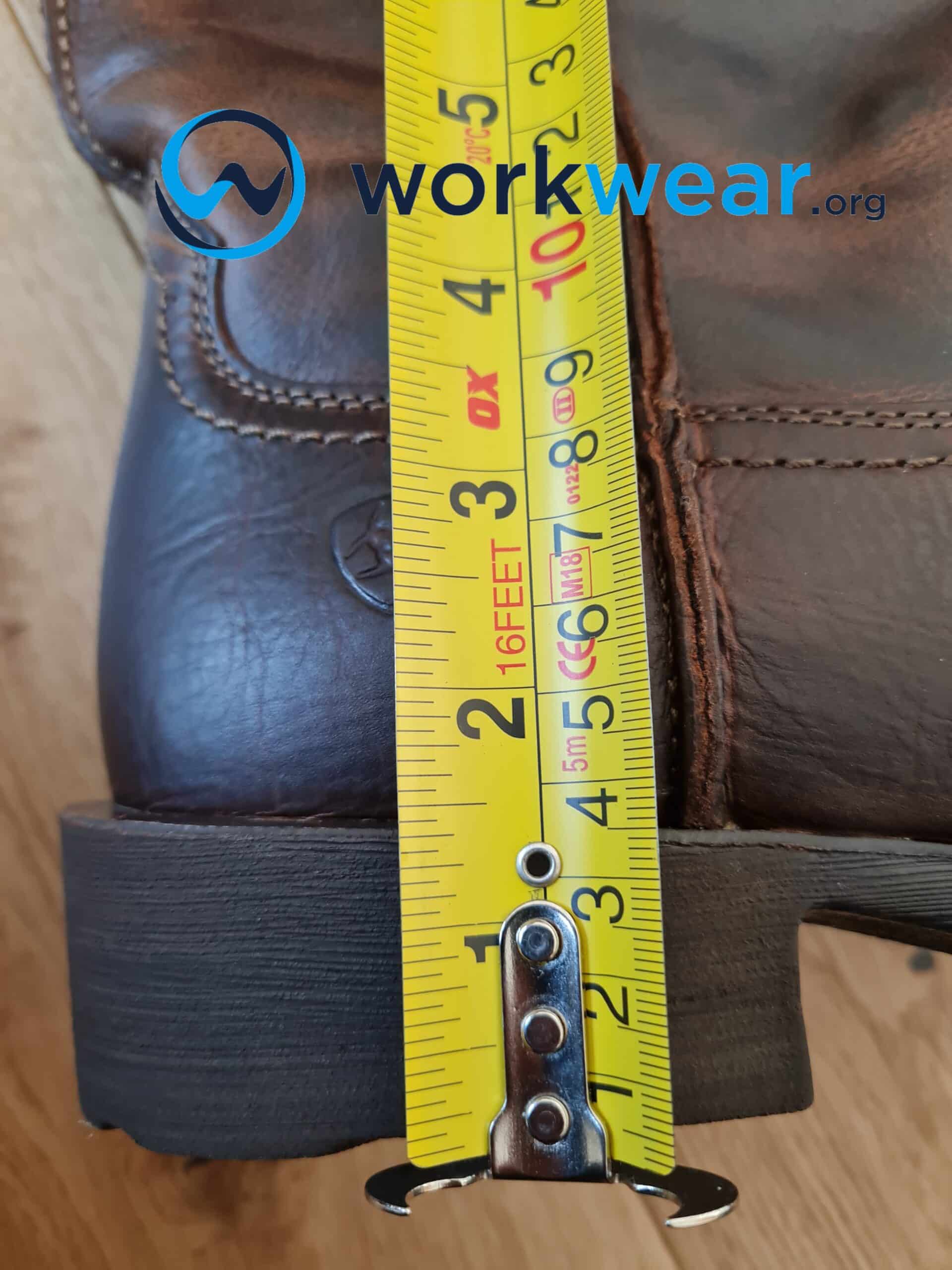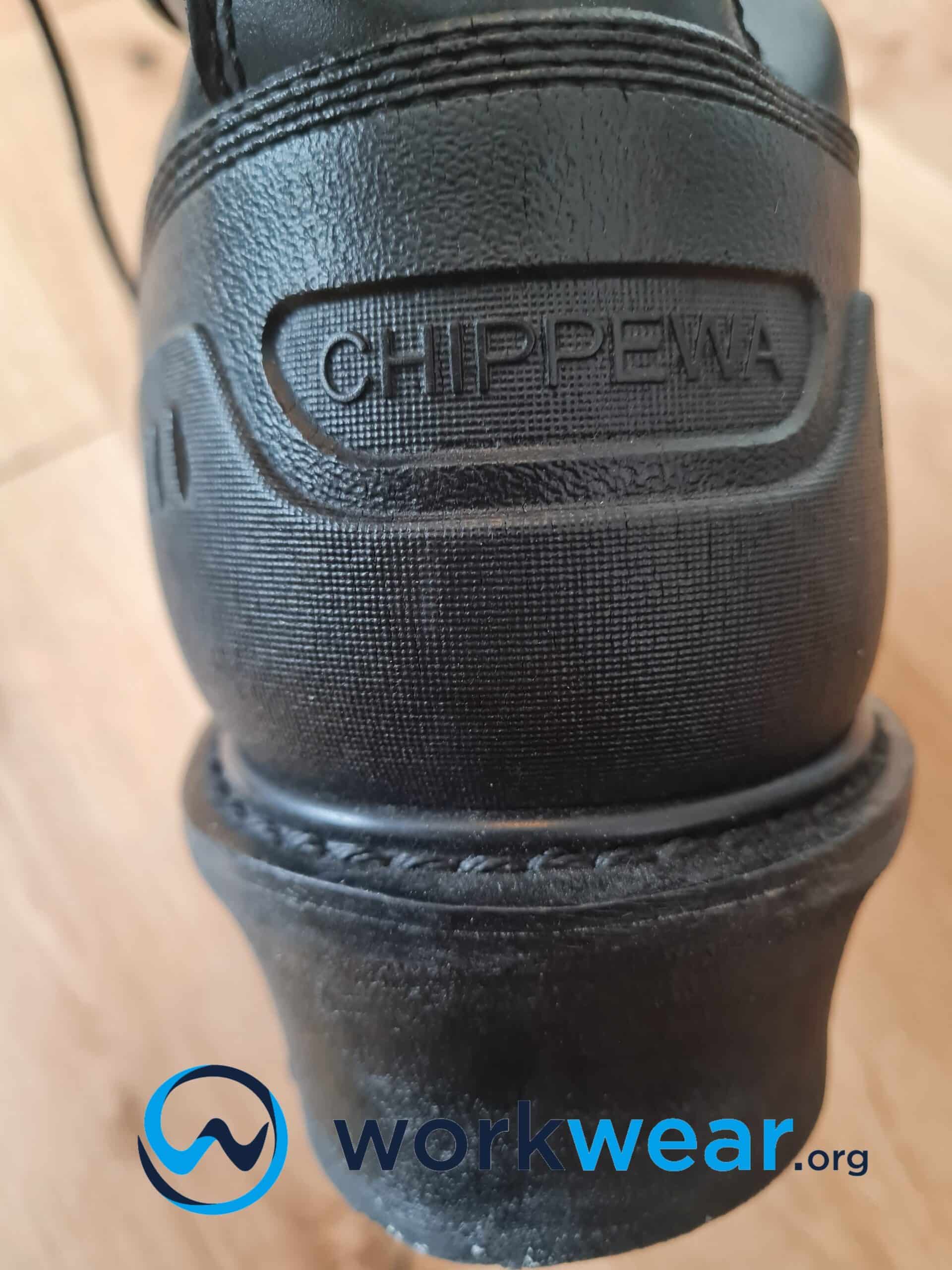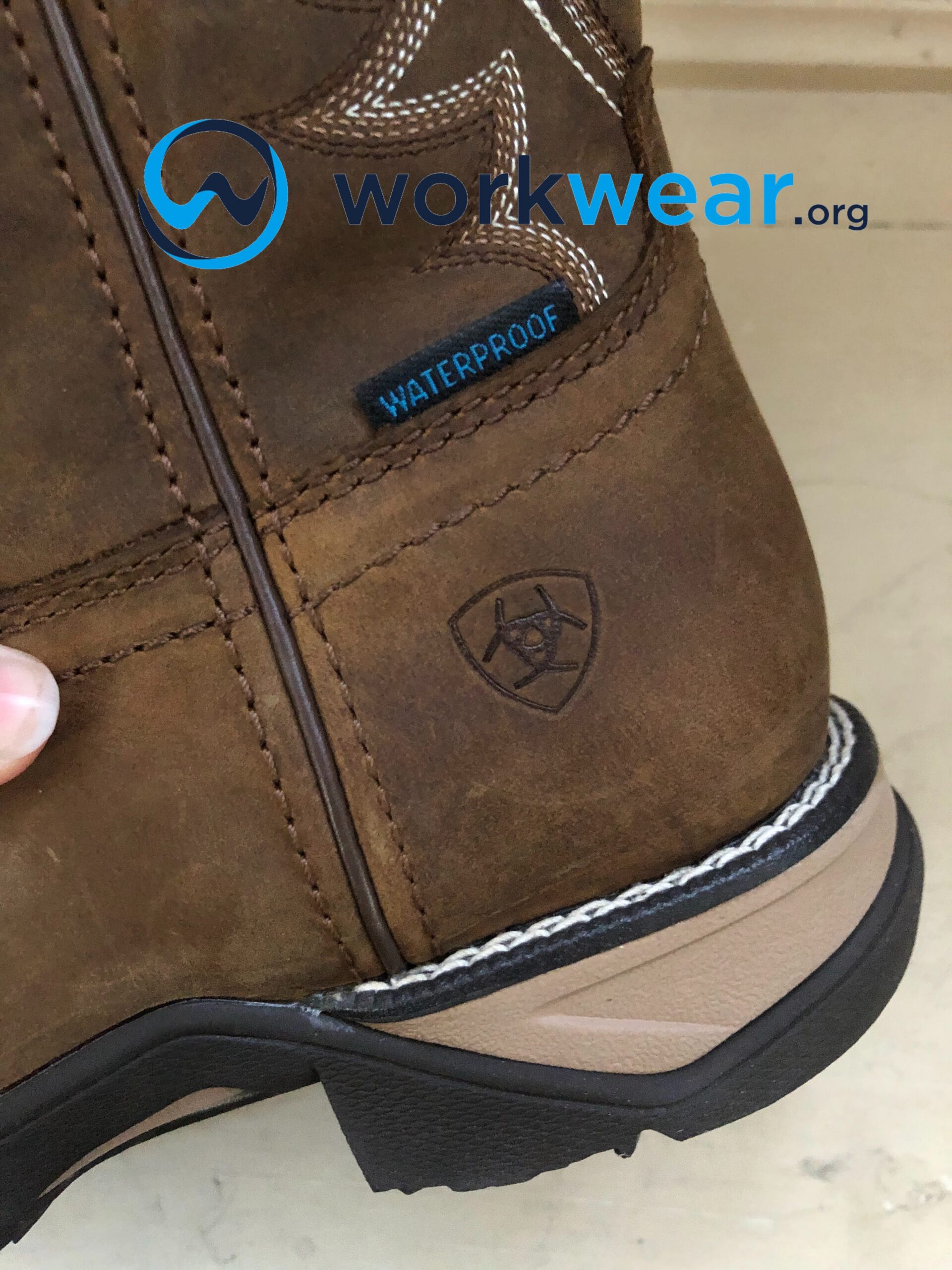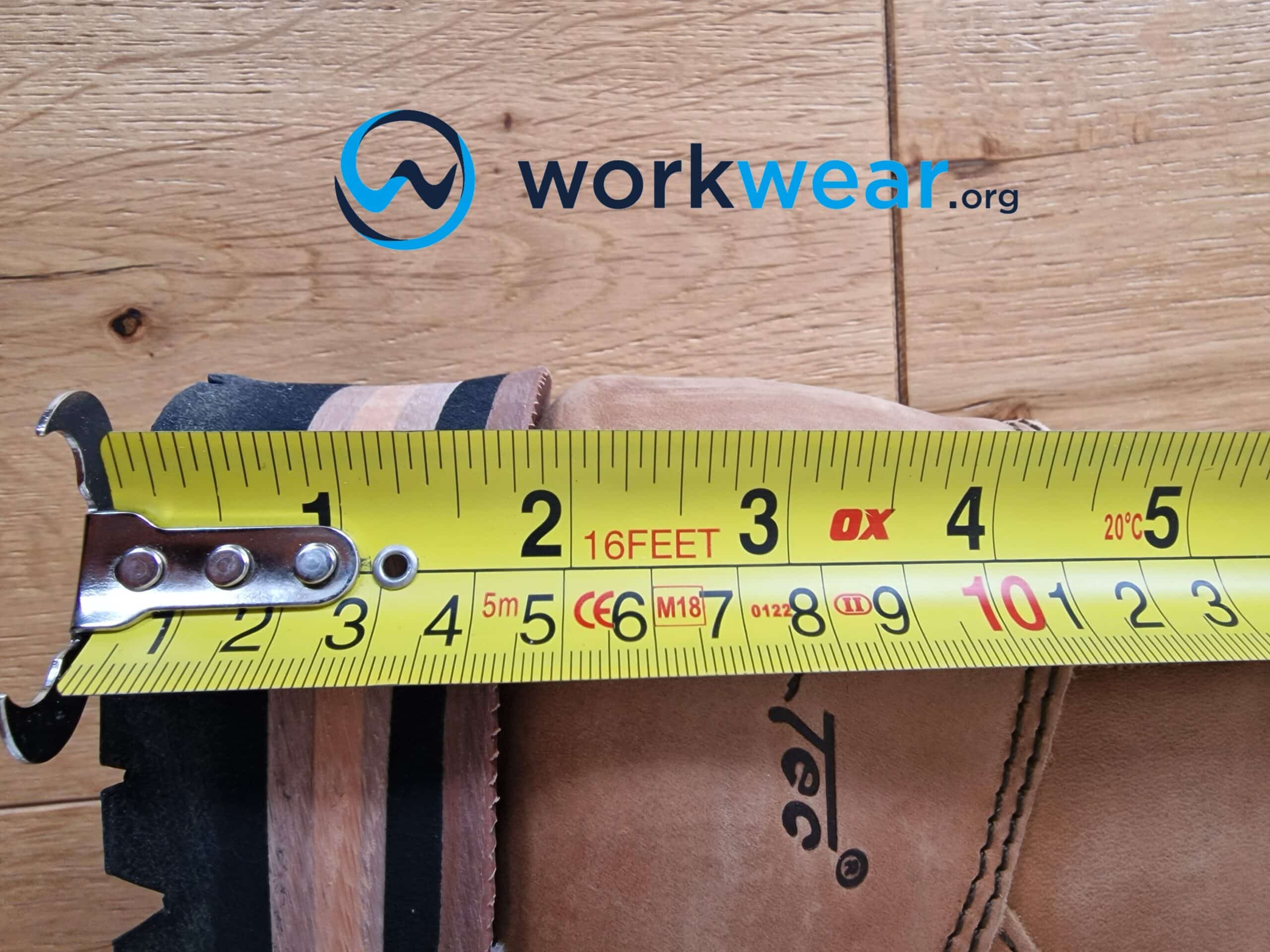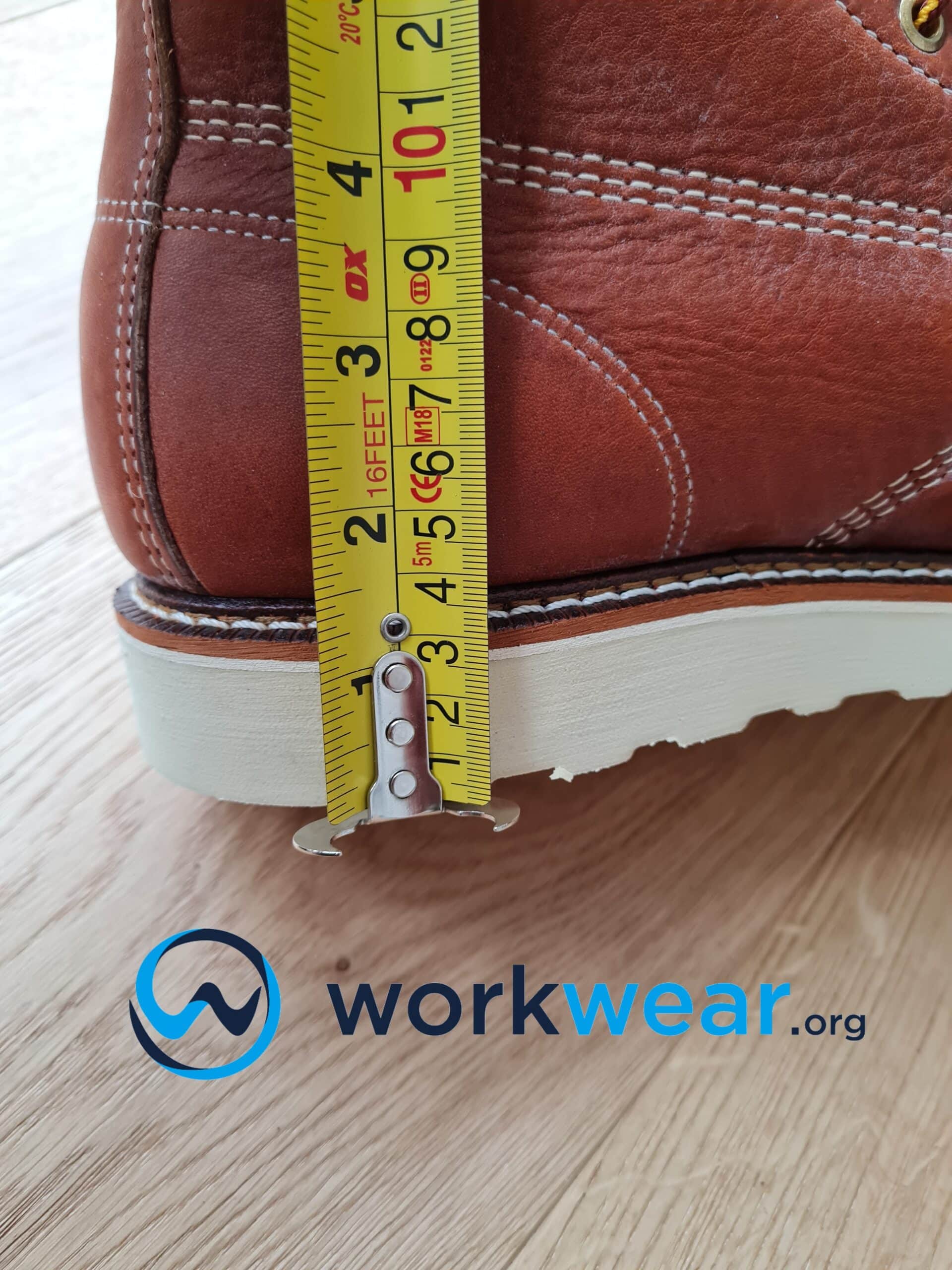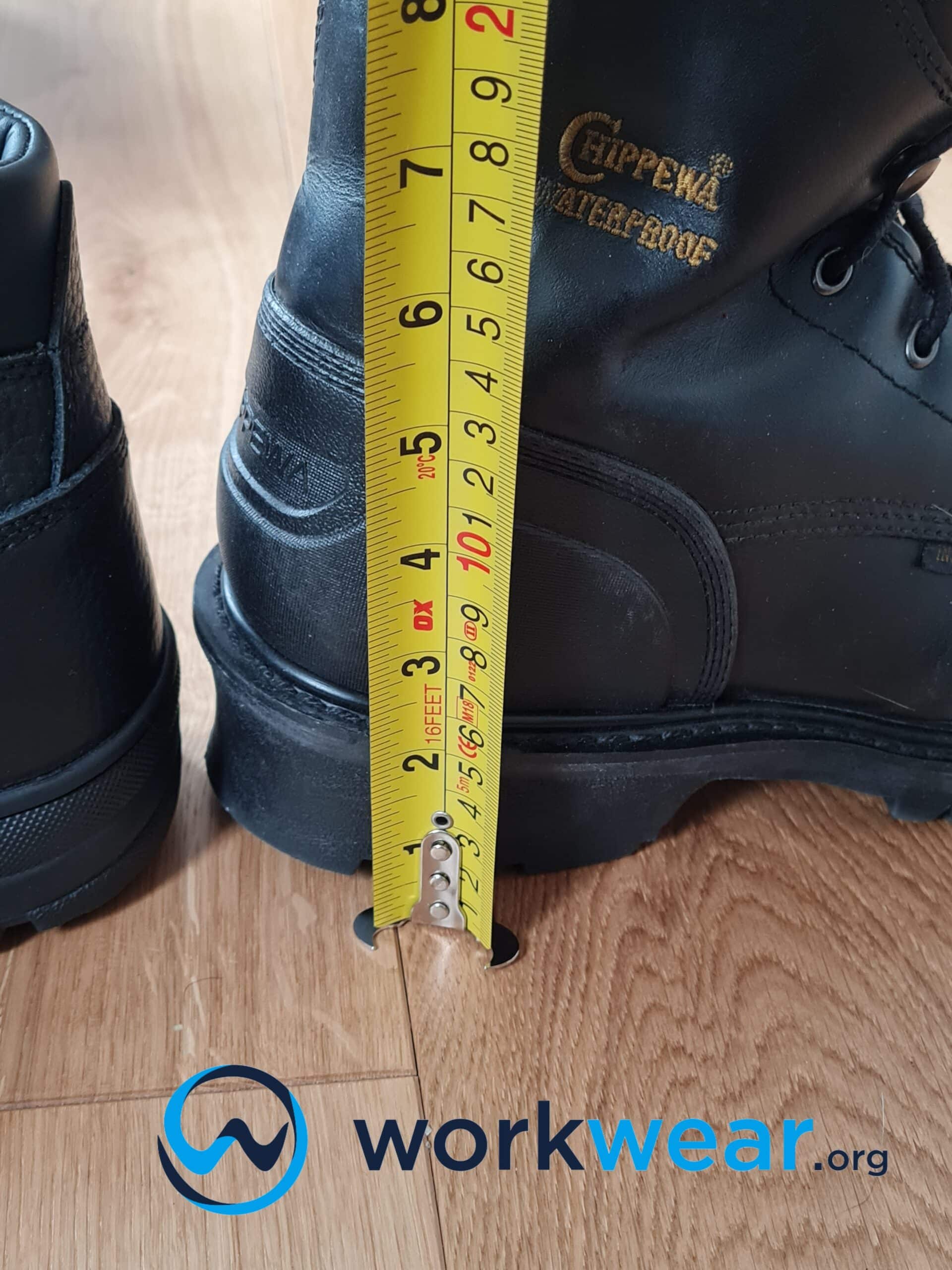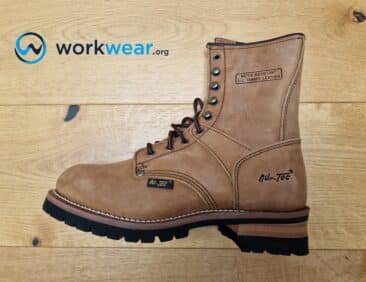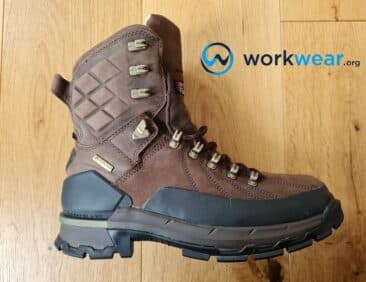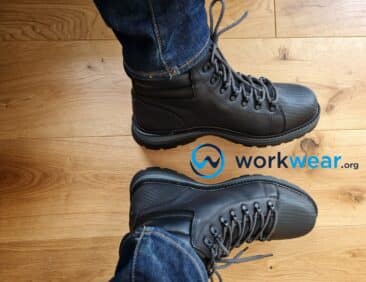Heeled Work boots Explained
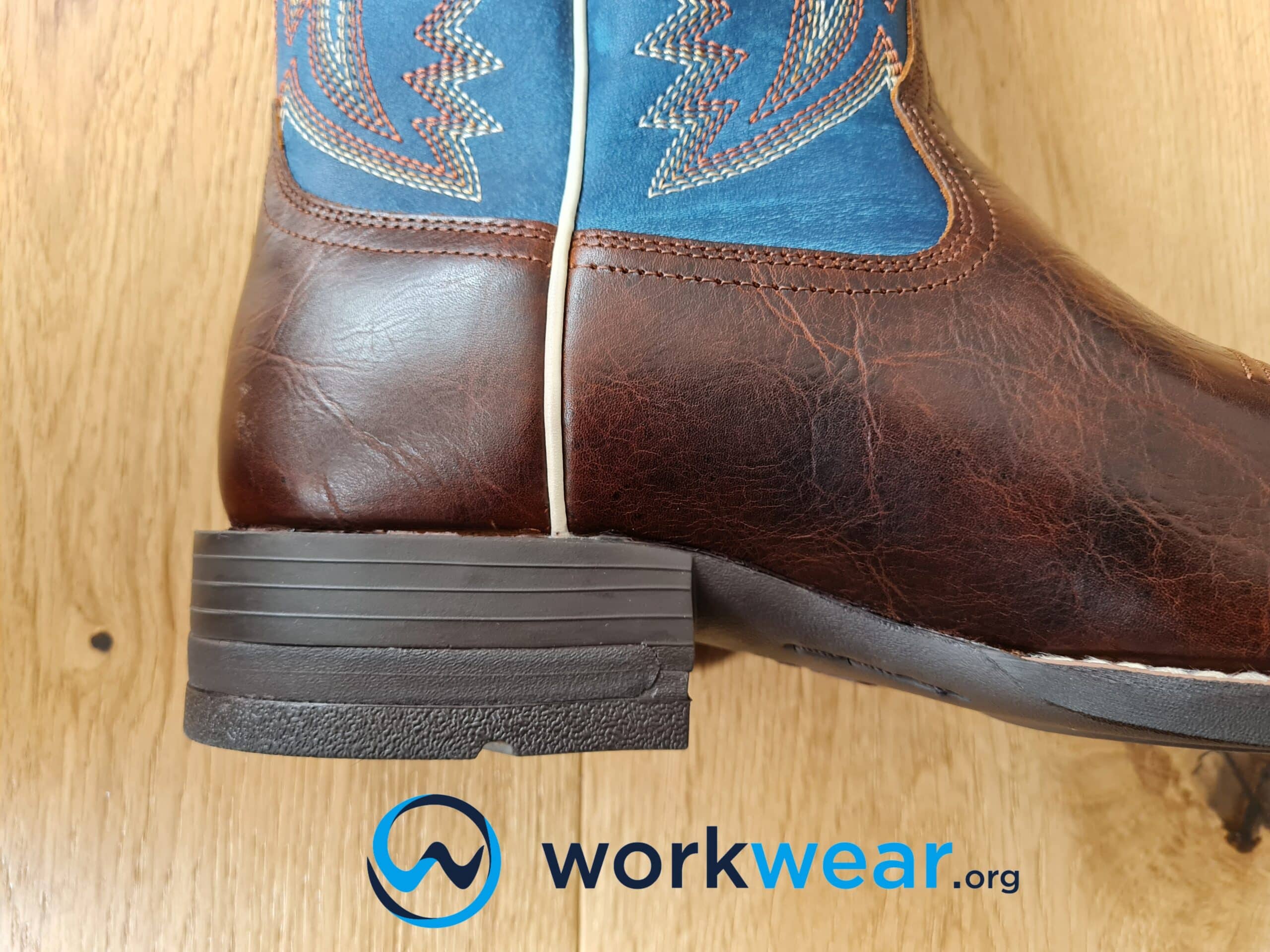
If you’ve ever had the chance to look and examine regular men’s work boots, one thing you might have noticed is that most of them come with a raised platform, or like the footwear industry likes to call it – heels. We know you must be wondering there’s nothing new about that since a huge percentage of standard men’s boots come with some form of heel height. But what is interesting to note is that the size of the heel in men’s work boots is carefully determined depending on a lot of factors.
It’s a fact that several people regularly scout the internet to find out how much heel height is enough for their job. The answer, as we mentioned above, depends on multiple deciding factors. Moreover, every individual has different comfort needs, different work backgrounds, and much more. So, it clearly depends on what you do, which design has the best impact on your body, and what are your physical needs.
In this article, we’ll help you pick the perfect work boots as per our research and experience.
A Short history of work boots with heels
If you go back in time, you’ll realize that the heeled boot design has existed for quite some time, and has evolved over hundreds of years. Roughly 500 years ago, Persians used to wear raised heel boots which were quite similar to the heeled boots urban women wear today. The reason for people to prefer such boots was their need to get around on horsebacks, which a raised heel helped with by offering improving foot stability. That’s how raised heels actually caught the public’s eye. However, much after that basic need, heeled boots became somewhat of a fashion fad among men and women, before becoming recognized as beneficial for work environments.
Today, a wide variety of leather work boots are built with different types of heel heights; be it midrise, low-profile, raised or some other variation. But the exact heel height that would be the best for you depends on your work requirements and comfort preferences.
Why do work boots have elevated heels?
There is a lot more than one reason behind that, but in reality, it’s more about sturdiness and utility than anything else. A strong and sturdy heel can easily handle difficult terrain and provide cushioning and support to your feet all day long. A good quality elevated heel also keeps you balanced and stable while working on the job site, initiating a faster reflex that would come in handy at all times; especially when some kind of danger strikes in.
Here are some well-proven and valid reasons, why a work boot needs to have an elevated or high heel:
Comfort and Functionality
Experts and boot users believe that heels don’t work for a vast majority of population; they suit only a small group of people with a certain back arch who can work firmly even with a high heel. Clearly, that covers a very specific group of people. To be honest, that statement is not really accurate. The relevance of heels in boots depends on the right size and comfortable fit.
While purchasing high-heel work boots, make sure you pick a trustworthy and legitimate brand so that you don’t need to worry about the quality of materials and construction of the boots. High quality materials and construction will, in turn, ensure that you have a good grip when walking, and it will prevent accidents like stumbling and tripping off. The best shoe manufacturers make sure to provide you ultimate comfort, and superior stability along with protection around the ankle area. Such boots can help in improving your posture and allow you to get through the entire day with much more ease.
Long-lasting footwear
Working on tough terrain is not an easy job; it’s extremely rough and can ruin your boots in no time. This is why investing in a heeled boot is your best bet, since heels will make your boots last longer than flat-footed boots, considering the sole of such boots handle much more wear and tear.
When you keep standing for long hours, your entire body weight is concentrated on the heel, making sure that the shoe doesn’t have to endure the entire foot pressure. In addition, elevated heels are strategically made stronger so that they can easily handle all the extra beating one tends to put on them.
Dig in your heels
It’s not only a motivational metaphor for the difficult times in life, but this is something you really have to do from time to time, especially when working as a construction worker. Sinking your heels in the ground is ideal for situations when hustling on difficult terrain. As we already know, maintaining a strong grip and balance is the key to pushing your limits while working under tough conditions.
Moving on, let’s discuss the different kinds of work boots that have high heels.
Different Types of Work Boots with High Heels
If you thought that heeled work boots probably come in only one type that fits every scenario, well, think again! There is a whole variety of work boots that have high and even low heels, each one being popular depending on specific work requirements. Keeping the scope of this post in mind, let’s have a look at some of the most widely worn high-heeled work boots.
Logger boots
The tall, elevated, high heel of a logger boot serves various purposes as per the needs and requirements of a professional. As suggested by their name, logger boots are primarily used by loggers to get through with their everyday work. The high heel in these boots is essential for a couple of very specific reasons.
- It helps loggers’ feet stay dry and clean while working in marshy surroundings by keeping their feet elevated and out of the direct reach of the elements.
- The build of the shoe comes with a deep lug pattern appropriate for providing traction and balance in and around uneven terrain.
- The heel in these boots plays a major role while climbing mountains and hills since it creates an anti-slip walking grip while also creating a gap for the climbing spurs to snap fit when they wrap around the bottom of the boots.
Usually, loggers are available with laces and tie-ups, but there are few brands that also manufacture pull-on logger boots.
Western boots
Western boots first gained popularity around 200 years ago with the era of the American cowboys. With time, although styles and preferences have evolved, classic cowboy boots and roper boots are still popular.
Cowboy boots are characterized by a high shaft that extends almost to the mid-calf. While different brands offer different decorative patterns and stitching to enhance these boots, their primary purpose remains the same – helping riders endure several hours on horsebacks strapped into saddles. The heel in these boots is angled, and measures somewhere around 1 – 2 inches in height, and the toe-box is generally rounded or pointed to withstand horse missteps. These boots are ideal for work in the ranches.
Roper boots are very similar to the traditional cowboy boots, only they have a lower heel and a lower shaft.
Moc toe / Wedge sole work boots
The primary and most important advantage of a moc toe wedge sole work boot is that they have a larger contraction surface as compared to a typical boot design. A traditional boot has an elevated heel, initiating a gap between the thread of the sole that sits under the foot and that of the heel. However, the wedge sole runs through the entire length of the outsole, resulting in more boot sole contact with the surface or ground at all times.
This feature is great for two reasons:
- There is very less chance of potential shock while working/walking on hard surfaces.
- Because of its great thread pattern and a hard sole, a wedge sole can provide better traction as there is more resistance between the sole and the ground.
If your job requires you to work on uneven hard surfaces and demands outstanding traction in a non-outdoor environment, wedge heel would be an excellent choice for you.
High-heeled boots Vs high-soled boots
Though this should pretty much be evident by now, to reiterate, a high-heeled boot usually lifts one’s heel a few inches above the rest of the foot. This helps with creating better grip and providing back support during strenuous work outdoors. A high-soled boot usually implies a thick sole under the entire length of the boot that raises the foot off the ground. This helps absorb jerks and shock when working on hard surfaces.
Pros and cons of heeled boots
Pros
- Provides stability.
- Provides traction on inclined and difficult terrain.
- Right size helps in improving normal back and knee pain.
- Sturdy and long lasting.
Cons
- Can shorten and stiffen feet with prolonged wear.
- Leads to decrease in the spine’s ability to absorb shock.
- Can cause calluses, hammertoe, etc.
Conclusion
The main of high-heeled work boots is to provide stability, traction, comfort and style at work. The main three types of work boots with high heels are logger, western, and moc toe boots. Like all types of boots, high-heel work boots have pros and cons, and one should pick a pair based on their work requirements and comfort preferences.
